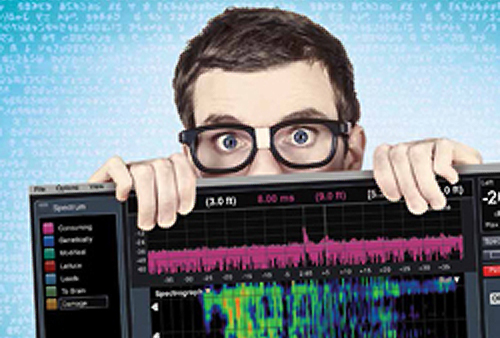ProSoundWeb: In my lifetime, the size of sophisticated audio analysis systems has evolved from table top, to under-airplane-seat, to computer bag, to cell phone. The cost has evolved from the price of a nice automobile to that of a Happy Meal.
As such, there are more audio practitioners than ever equipped to perform sophisticated loudspeaker and room measurements. Those who make the decision to get serious about this are faced with the daunting task of learning the ropes in order to get meaningful data from their measurement platform.

1 comment:
This article ended up going into way more depth than I thought it would, and I really appreciated the level of detail it went without getting too caught up in the weeds of how audio analysis works. I will say it requires a fair amount of base knowledge, however nothing the standard theatre tech wouldn't already understand. The biggest hurtle in understanding frequency response is understanding the difference between the time-domain and the frequency-domain. This then trickles into Fast Fourier Transform (FFT) and all the subsequent terms in the article. What the article really gets into is reminding us how important it is to know what we are trying to measure before assuming an audio analyzer will do our job for us. Ultimately, we as the designer or engineer need to properly select the right setup and tools, otherwise we will be scratching our heads later down the line. For example, if I want to measure a reverberative room, we would want to use a dual-time window to capture the low-frequencies of the reverberations. Otherwise, we would hear a muddier sound. As the article notes, this is a rabbit hole one could search down for years, but these are important terms that will help audiophiles and engineers.
Post a Comment